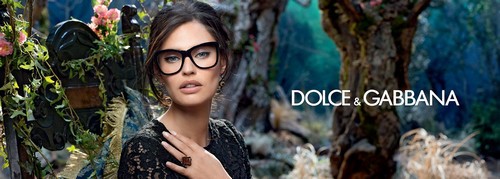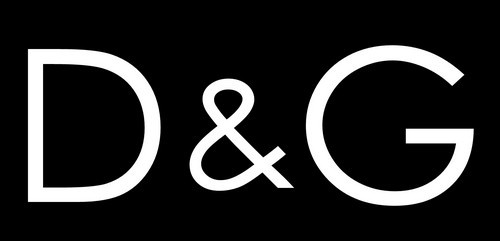Dolce & Gabbana is a popular brand of designer apparel and merchandise headquartered in Milan, Italy. Owned by the designer duo Domenico Dolce and Stefano Gabbana, the international fashion house deals in clothing, fragrances, eyewear, footwear, and accessories.
The brand designs and manufactures its own collection in a Prêt-à-porter category with Men’s, Women’s, and Children’s collections, and in the ultra-luxury segment with Alta Moda, Alta Sartoria, and Alta Gioielleria collections. The designer house outsources its eyewear and fragrances through licensing to their partners.
The group aims at providing creative and stylish clothing source on a mass scale with the increased focus on quality and sophistication. The company is known for its large list of celebrity endorsers and users who vouch for the difference that the brand is able to offer. The company registered an annual turnover of 1.53 billion USD and the company recorded a 9 % increase annually. They attribute this to their team of highly skilled and creative designers.
Table of Contents
Strengths in the SWOT analysis of Dolce & Gabbana
The following are the strengths of Dolce & Gabbana :
- Strong brand image: The company has a strong brand image of being a luxury brand that is both stylish and sophisticated. The company has products that target the upmarket urban niche segment who are on the lookout for creating a different style statement.
- The customer connects: The company connects to customers through a mobile platform called D & G Fashion channel. The company uses their mobile platform to continuously target customers and updates them on the latest products of the company. The app also helps the designer brand to keep track of the customer behavior and this helps the brand to design customized clothing.
- Portfolio of brands: The designer brand Dolce & Gabbana custom designs a large number of products comprising of a wide variety of segments. The company designs and creates clothing for men, women, and children, eyewear, watches, jewelry, shoes, handbags, travel bags, fragrances and makeup. The company thus caters to a wide audience and is popular amongst celebrities.
- Business philosophy: Dolce & Gabbana started their design studio primarily because they were passionate about design. The business philosophy of Dolce & Gabbana is centered in principles like creativity, innovation, contrast, and harmony. These form the crux of each and every design developed by the brand and this creates a strong affiliation with the brand.
- Unique designs: The customer designs their own merchandise and they are highly unique and well differentiated from their competitor. The designs are developed by expert designers who have proven expertise and experience in designing of clothing, jewelry, or accessories.
- Celebrity support: Just like most other designer brands Dolce & Gabbana also enjoy the support of a lot of A-list celebrities from Hollywood. Some of the designer brands biggest celebrity fans include Britney Spears, Daniel Craig, Eva Mendes, and Katie Perry etc.
Weaknesses in the SWOT analysis of Dolce & Gabbana
Some of the key weaknesses of Dolce & Gabbana are:
- Homophobic outlook: The designer duo had gone on record condemning same-sex relationships and commenting that children from same-sex relationships are synthetic. This made them hugely unpopular amongst celebrities who form a critical part of their clientele.
- High costs of operations: Dolce & Gabbana like most other designer brands make customized clothing. The result is that right from sourcing of material to design there has to be exclusivity which makes it a costly affair. Though prices are the high increase in competition have cut down sales and affected margins adversely.
- Controversies: Dolce & Gabbana has often been in the news for all the wrong reasons and has a number of controversies associated with them. Some of the latest ones include a few tax evasion cases, the designer banning media from their fashion show and some obnoxious comments on gay rights. These have affected the brand equity adversely and many top grade celebrities have boycotted the brand.
Opportunities in the SWOT analysis of Dolce & Gabbana
Some of the opportunities include:
- Growth in Asia: Though Dolce & Gabbana have primarily been catering to the western markets, through the partnership with key Asian retail brands the designer brand has forayed into Asia. The increasing propensity to spend, dual income households, internet revolution etc have ramped up the sales of the brand in Asia.
Threats in the SWOT analysis of Dolce & Gabbana
Some of the threats include:
- Competition: The main competitors of Dolce & Gabbana are Versace, Armani, Louis Vuitton, Calvin Kelin, and Prada.
- Cheap imitations: Luxury brands are not affordable to all buy everyone wants to own at least one such piece. This results in a lot of cheaper imitations and a lot of people end up buying those which brings down the image of the original brand in the long run.
Liked this post? Check out the complete series on SWOT

